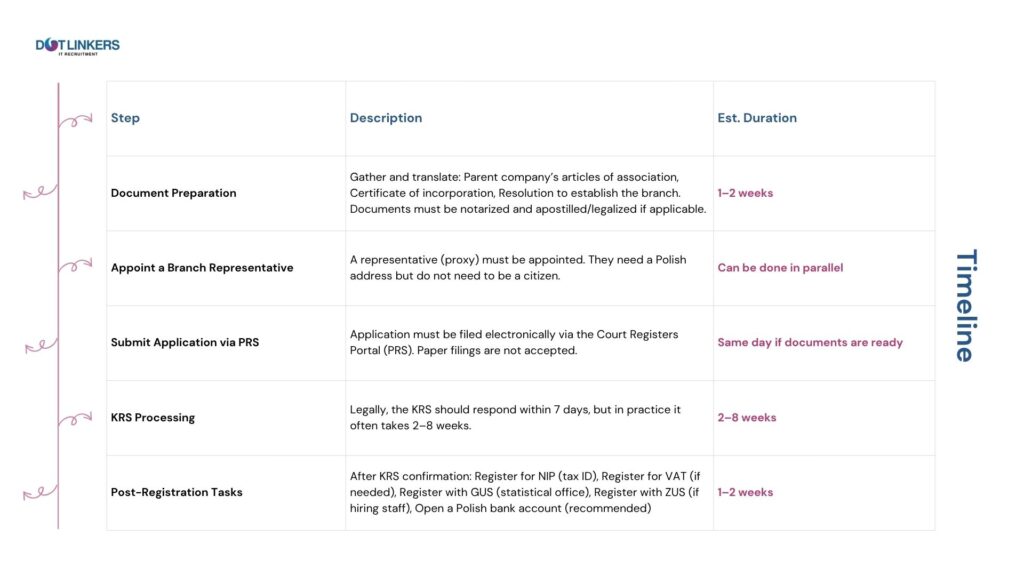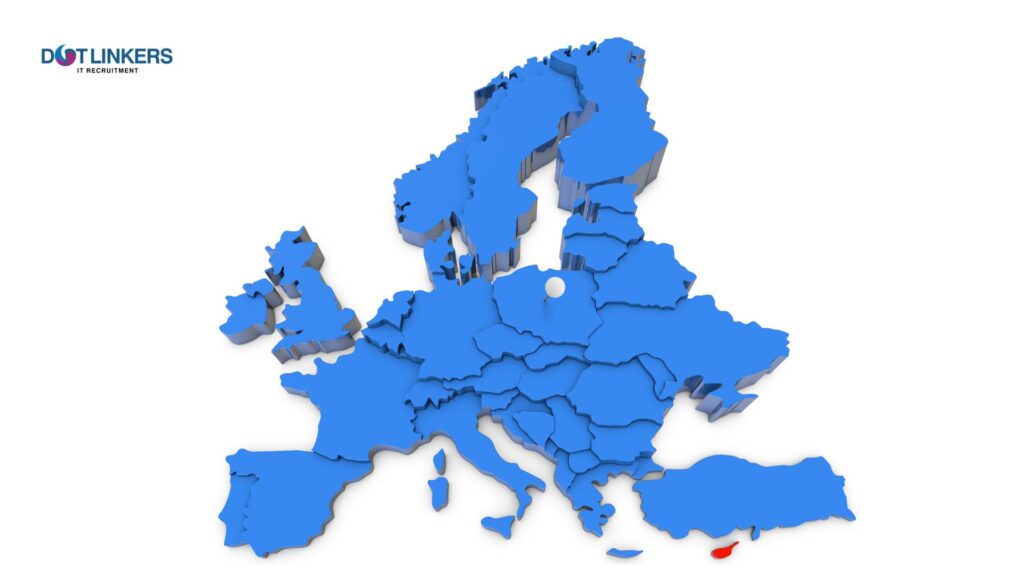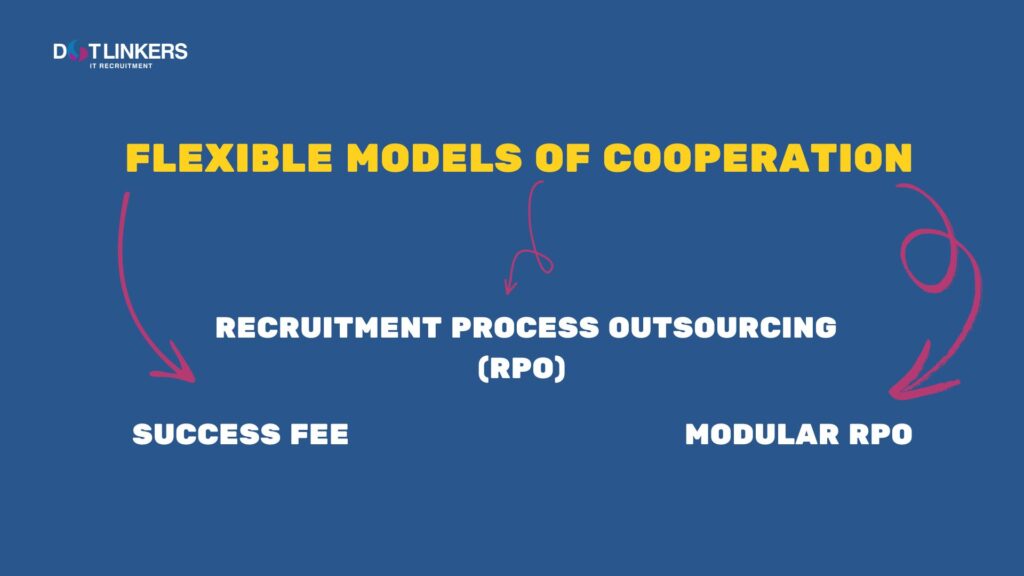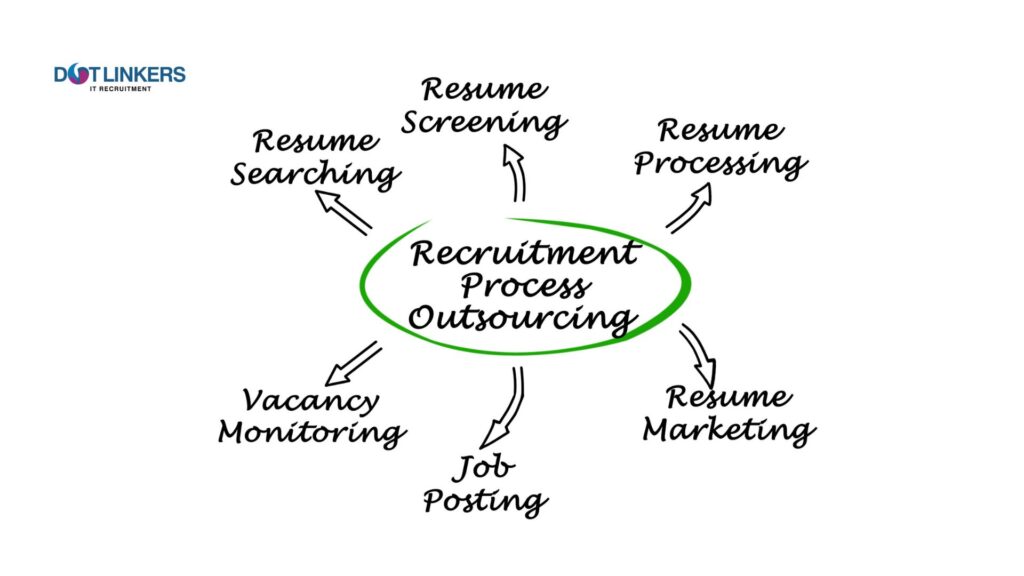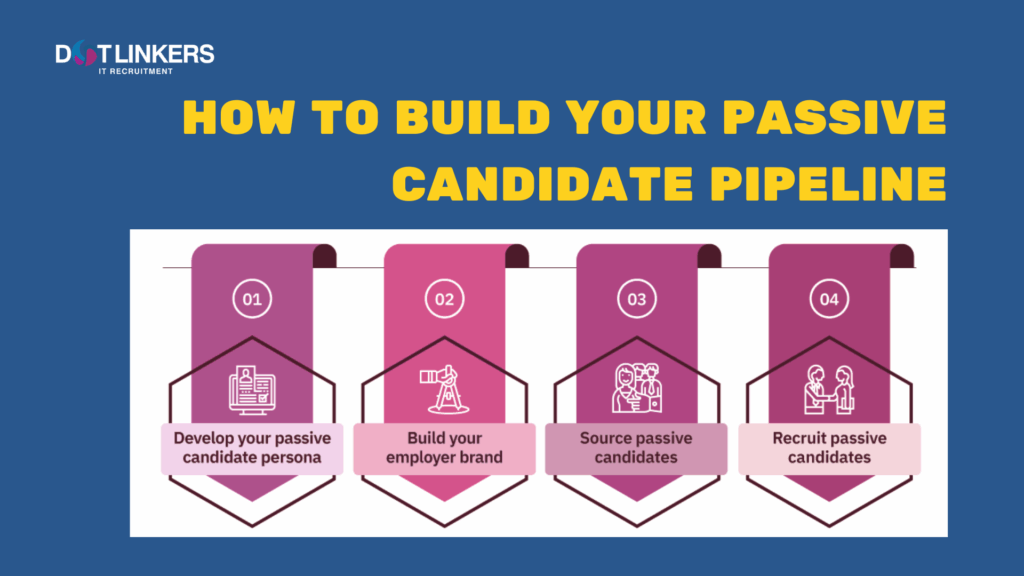Hiring in a new market can be both exciting and challenging, especially when navigating local employment laws and cultural expectations. Poland, with its dynamic labor market and growing talent pool, offers a range of employment options that can suit different business needs. From traditional employment contracts to flexible B2B arrangements and project-based agreements, understanding the most common forms of employment is essential for any employer looking to attract and retain the right talent. In this article, we’ll break down the key employment models in Poland, highlighting their benefits, responsibilities, and practical considerations for companies and candidates alike.
The Main Forms of Employment in Poland
The Polish labor market offers a range of employment models that can be tailored both to the specific needs of individual industries and to the expectations of employers and employees alike. Among these, three primary forms dominate: the traditional employment contract, the B2B (business-to-business) model, and flexible arrangements such as service contracts (umowa zlecenie) or contracts for specific tasks (umowa o dzieło).
Employment Contact
An employment contract is the most common and stable form of employment in Poland, particularly prevalent in the public sector and among larger corporations. It provides full social security coverage, including health and pension insurance, paid leave, and protection in case of illness or maternity. For many candidates, it remains the most desirable form of cooperation, primarily due to the sense of security and predictability it offers.
From the employer’s perspective, however, this model involves higher employment costs and more complex administrative responsibilities. Typically, this form of employment requires having a legal entity or branch in Poland or alternatively working through intermediary companies that can handle employment formalities on behalf of foreign businesses. In some cases, companies based in EU member states may hire employees in Poland directly on an employment contract without establishing a local entity, but this path is rarely used in practice due to its administrative complexity and limited scalability. Therefore, most international employers opt to either set up a local presence or engage third-party providers when choosing this model.
B2B Model
The B2B model, which involves working with an individual who runs their own business, has become increasingly popular, especially in sectors such as IT, new technologies, marketing, consulting, and e-commerce. In this setup, the employee issues invoices for services rendered, and the terms of cooperation are defined individually in a contract. This form of employment offers greater flexibility and often higher net earnings, but also places more responsibility on the employee, who must manage their own insurance, time off, and tax obligations. For companies, B2B can be an attractive solution, generally more cost-effective, and easier to terminate than a traditional employment contract. A major advantage of this model is also the ability to hire candidates directly, without the need to establish a local branch or rely on intermediary firms.
Other models
Service contracts and task-specific contracts are categorized as flexible employment models and are typically used for temporary, project-based, or seasonal work. A service contract provides partial social insurance (depending on the worker’s individual situation) but does not guarantee benefits such as paid vacation or protection against dismissal.
Task-specific contracts used for clearly defined outcomes were once widely used due to the lack of social security contributions but are now employed more cautiously in light of evolving regulations and increased scrutiny by tax authorities.
What for the employer and what for the employee
Choosing the right form of employment is one of the most critical decisions an employer faces when building a team. No single model works best for every situation; each organization must consider the nature of the role, the scope of responsibilities, candidate expectations, company culture, and financial considerations. For some positions, a traditional employment contract may be the best choice, offering employees stability and fostering loyalty. In other cases, especially where flexibility, speed, or access to highly skilled professionals is key, a B2B model may prove more effective.
It is also worth noting that the Polish market is increasingly embracing a hybrid approach to employment. Particularly in international and innovation-driven companies, team structures often combine various forms of collaboration, from full-time employees to freelancers and external contractors. This strategy enables organizations to better respond to shifting business realities, scale project teams quickly, and optimize operational costs. Ultimately, an effective employment policy is not only about legal compliance or budgetary constraints but also about building strong relationships with people, understanding their motivations, and offering cooperation models that align with their professional goals. A well-considered choice of employment form is not merely a formal or financial matter; it is a long-term investment in team engagement and performance.
Choosing the right form of employment in Poland is more than just a legal or financial decision, it’s a strategic step that can shape your team’s engagement, productivity, and long-term success. Whether you opt for a traditional employment contract, a flexible B2B arrangement, or a combination of models, understanding the nuances of each approach ensures compliance, meets candidate expectations, and aligns with your business objectives. By carefully evaluating your options and adapting to the preferences of the local talent pool, you can build a workforce that is both motivated and well-supported, positioning your company for sustainable growth in the Polish market.

